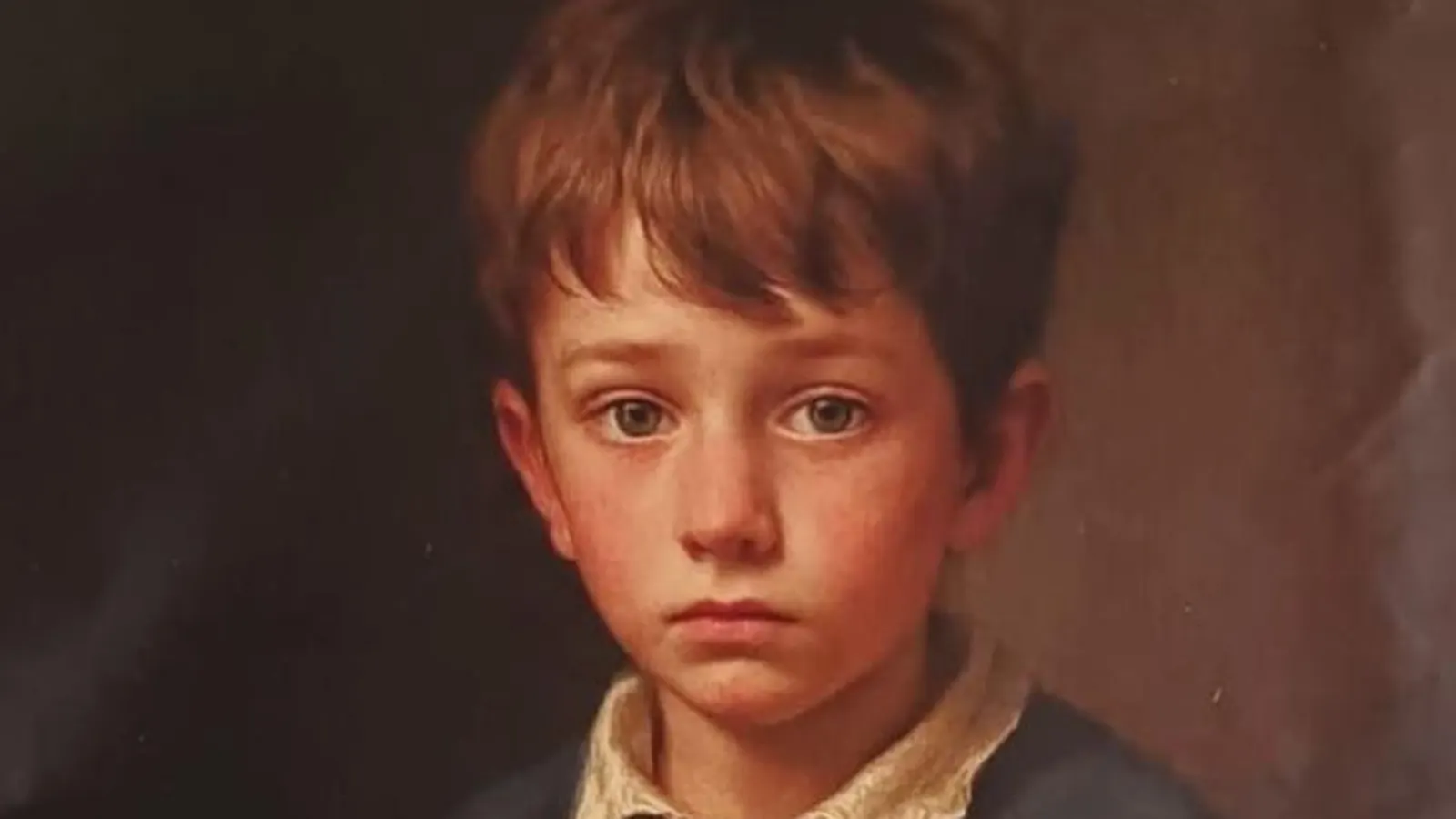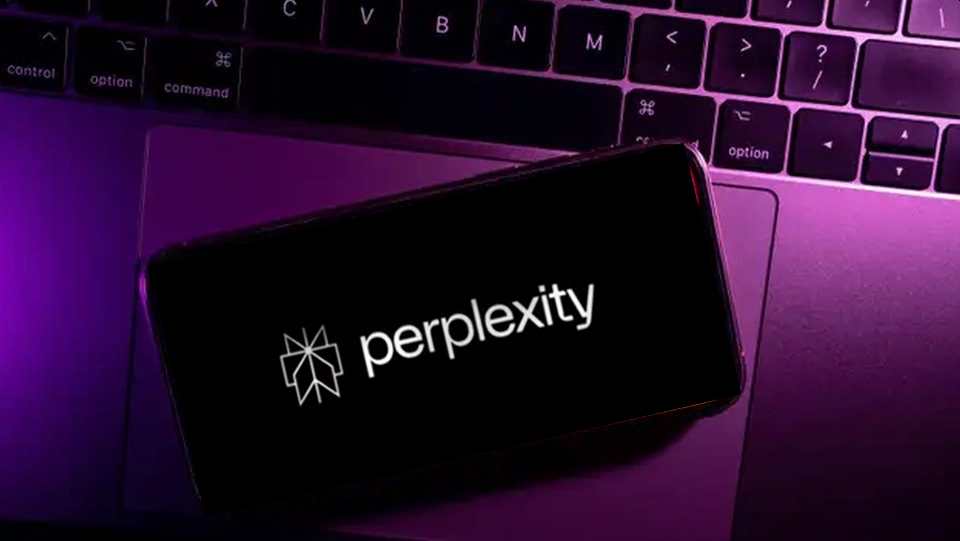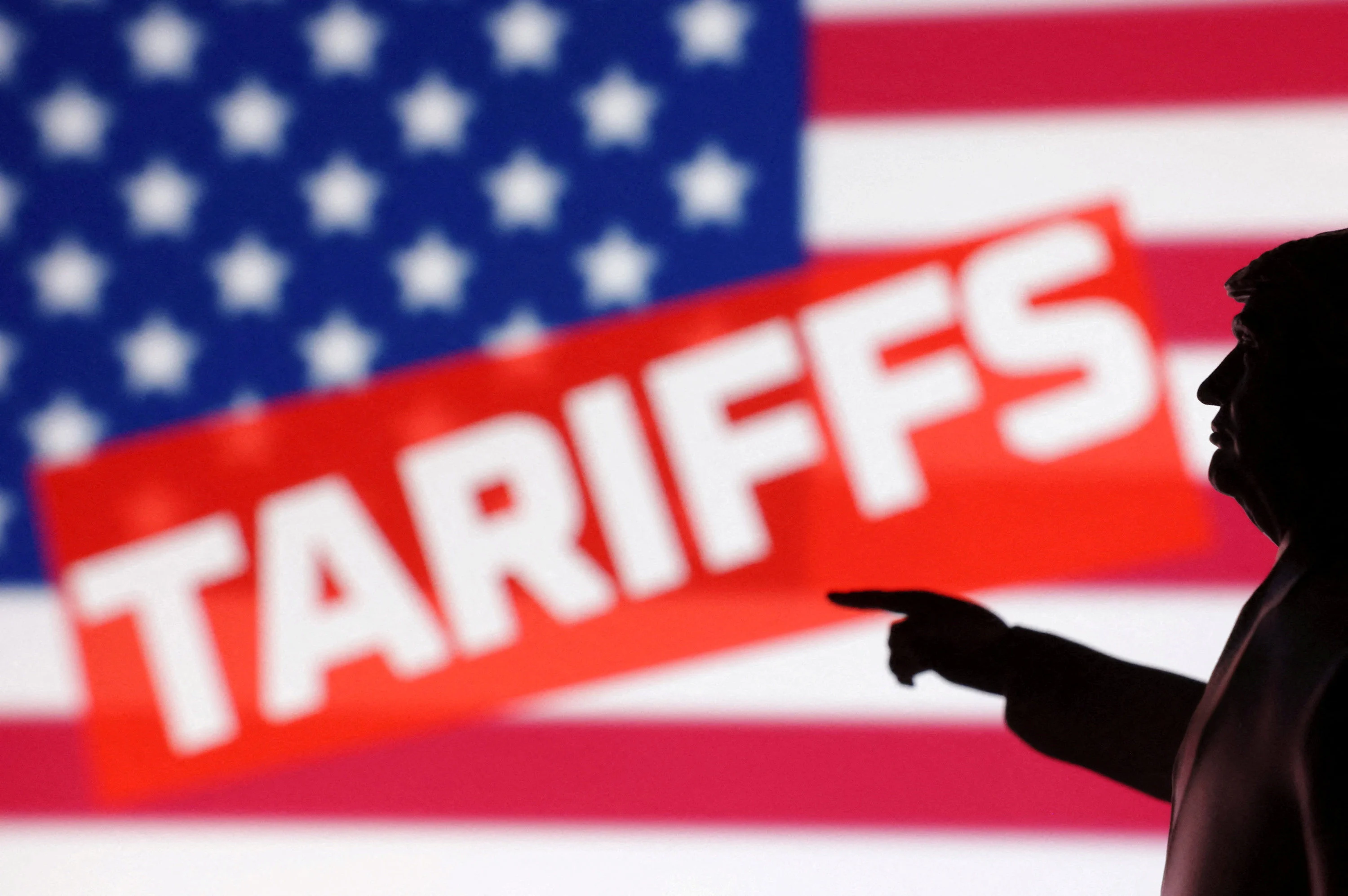Copyright Forbes

Staff at a U.K. museum recently got a shock when they noticed a work they’d never seen before displayed on a wall there. A conceptual artist, it turns out, had stealthily hung the mysterious AI-generated print in a gallery at the National Museum of Wales in Cardiff, where it remained on view for hours until employees removed it. The artist, who goes by the name Elias Marrow, said he wanted to challenge the idea that public institutions get to define what’s worth showing, and to see what happens when something outside that system enters it. “The work isn’t about disruption,” Marrow, a self-described “cultural surgeon,” said in an email interview. “It’s about participation without permission. Modern art has become a gate-kept commodity. People only see what others decide they can see.” The digital print, which Marrow hung in the contemporary section of the U.K. museum on October 29, is titled “Empty Plate.” Encased in a custom-made frame, it shows a seated young boy in a school uniform looking straight ahead with forlorn eyes as he balances an empty plate in his lap. “The symbolism is simple,” Marrow said. “In Wales, a place close to my heart, though I don’t live there, many children still go hungry — no child, anywhere, should want for food.” But Why AI? The unsanctioned provocation, however, is as much a statement on artificial intelligence at a time when the technology continues to divide the art world. Some artists are angry about their work being used to train AI datasets without credit or compensation, and they worry what it means for their livelihoods — and for creativity itself. Others, Marrow among them, see it as a promising tool, one born of technology’s inevitable march forward that artists should learn to understand and collaborate with rather than fight. “The art world is capable of integrating AI,” he said. “It won’t collapse or fade. It will evolve. People will still paint, draw, sculpt. AI is another tool, a brush, a canvas, a catalyst.” Marrow — who affixed the AI-generated print to the wall using adhesive he says doesn’t remove paint or leave residue — is just one artist who’s confronting the implications of AI using AI itself. Jake Elwes, for example, turned usage policies from OpenAI and Suno into an absurdist AI-generated opera that comments on the deep uncertainty over AI’s impact on humanity. And artists Nathaniel Stern and Sasha Stiles formulated an entire exhibit exploring, through AI, how humans and technology evolve side by side. For his part, Marrow “does not mark art. He interferes with it,” the bio on his website reads. Nevertheless, he stresses that he sketched the work before fine-tuning it using artificial intelligence. ForbesOpenAI’s Fine Print, This Time Sung As A Satiric Opera The BBC reported that museum employees learned of the mysterious print after a visitor approached them wondering “why such a poor-quality AI piece was hanging there without being labeled as AI.” “An item was placed without permission on a gallery wall in National Museum Cardiff,” a spokesperson said, according to the BBC. “We were alerted to this and have removed the item in question.” There’s little question the museum would have removed any unauthorized work, but Marrow believes his drew extra attention because of AI’s role. “If ‘Empty Plate’ had been entirely hand-drawn, would anyone care as much?” Marrow asked. “Maybe the unease is less about the art itself, and more about what it says about our fear of change. The problem is, change is coming.”



